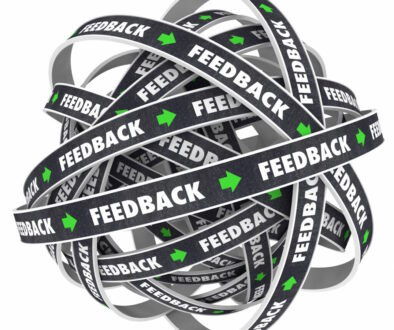Agile Snake Oil
 Doing more with less is a common goal of companies in the modern age. The goal becomes more important during times of crisis, and inevitably after a time of crisis some effort is put into sustaining a new normal where more is done with less.
Doing more with less is a common goal of companies in the modern age. The goal becomes more important during times of crisis, and inevitably after a time of crisis some effort is put into sustaining a new normal where more is done with less.
For teams in fields such as software development or educational materials development that often entails settling on some specific implementation of Agile that the executive leadership hears about from a salesperson.
Don’t get me wrong, salespeople are valuable and I appreciate what they bring to the table. Heck, I am a salesperson for my own coaching practice. That said, every salesperson has a bit of an agenda when they make recommendations – including me.
In the Agile space, that could mean a person is trying to get you on SAFe because they are certified to train you and get paid a healthy sum to do so. They might tell you to go with a Kanban system, and then tell you they’d be happy to train you how to get it in place.
Snake Oil salesmen sold stuff that may or may not have been useful, and may have actually been harmful. they did this knowingly. This isn’t how most people in the Agile space work. Most people who have been exposed to true agility believe in the solutions they’ve used and they’ve seen them work. None of these systems is inherently bad, but the question that needs to be answered is if it’s right for your situation. If the person presenting to you only trains one method, chances are that’s the one they suggest as best for your organization.
What if there’s a better way?
There is.
The Agile Fluency® Project has a diagnostic available that is independent of any methodology. The process a facilitator will take you through uses popular frameworks and methodologies as a reference but doesn’t dictate a specific one as your solution. What’s even better, is that the process includes discovering what kind of agile journey is best suited for your company, not just focusing on whatever the current industry-standard “best” level of agility is.
I am licensed to bring your teams through the process, finding out what the company expects, what the teams are capable of, and where improvements need to be made. Not only that but I am able to do this with fully distributed teams.





